news you can use & firebox
OPA publishes Firebox twice annually and News You Can Use monthly. As an OPA member you have access to all publications dating back to 1998.
Want to share news with OPA members? Let us know about
NEWS YOU CAN USE is automatically emailed to all OPA members. Please send any submissions to promotions@oregonpotters.org Both editorial and advertising submissions are free of charge and will be published at the discretion of the editors. Submissions are due on the 10th of the month during which the newsletter will be published. | Have an article for Firebox?
OPA Newsletter submission deadline: January 30, 2024! Submit articles or updates along with images Submit |

